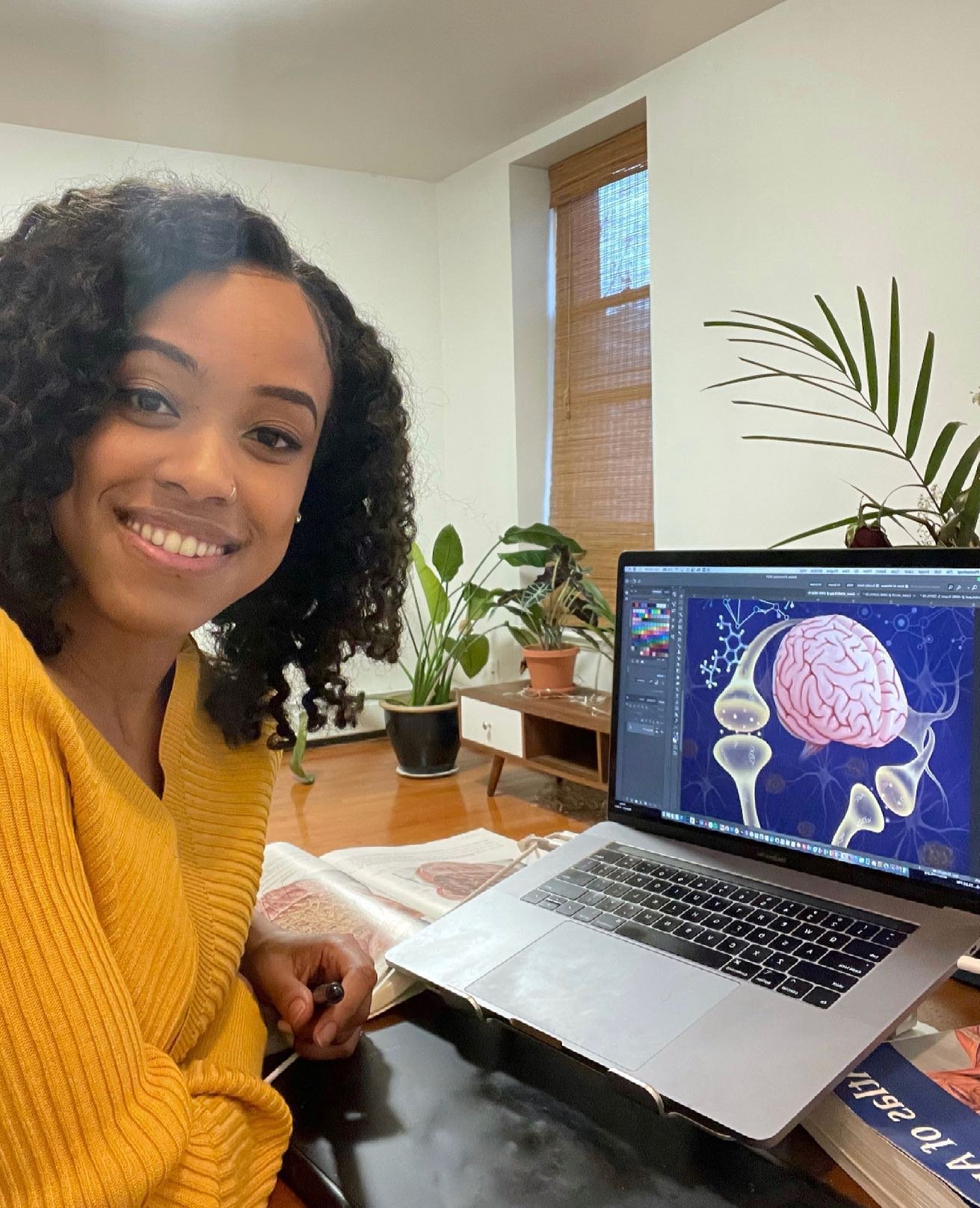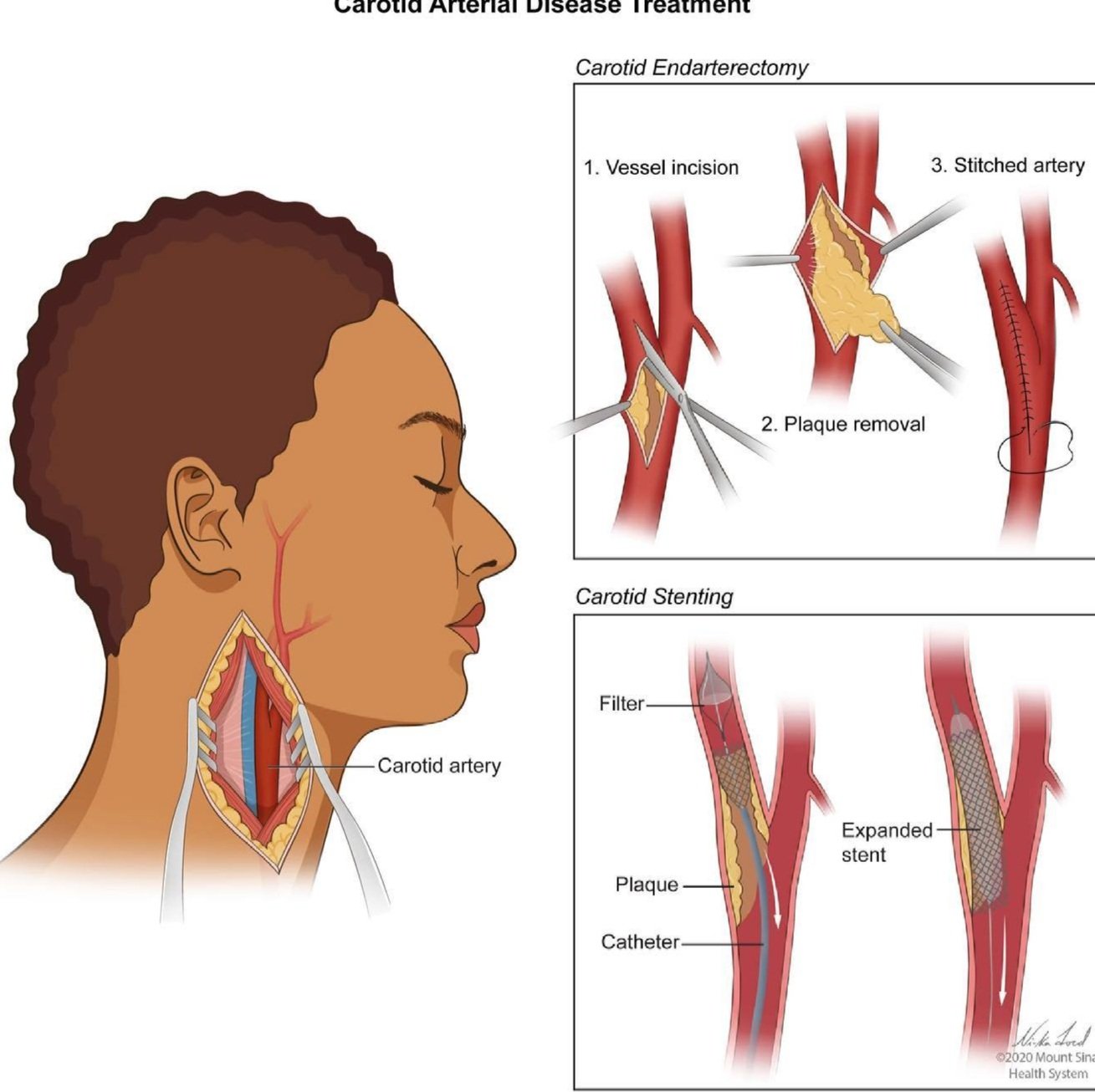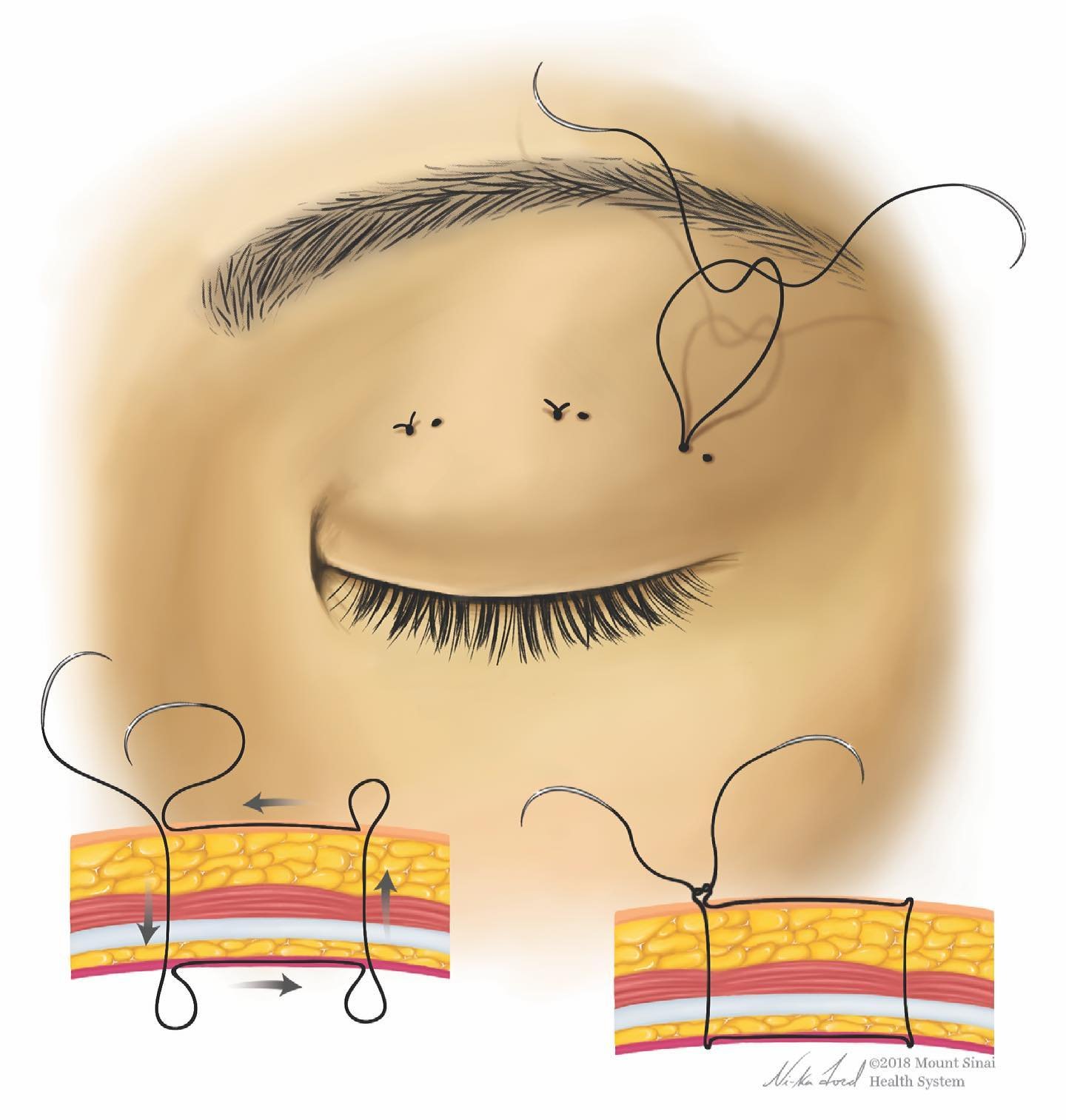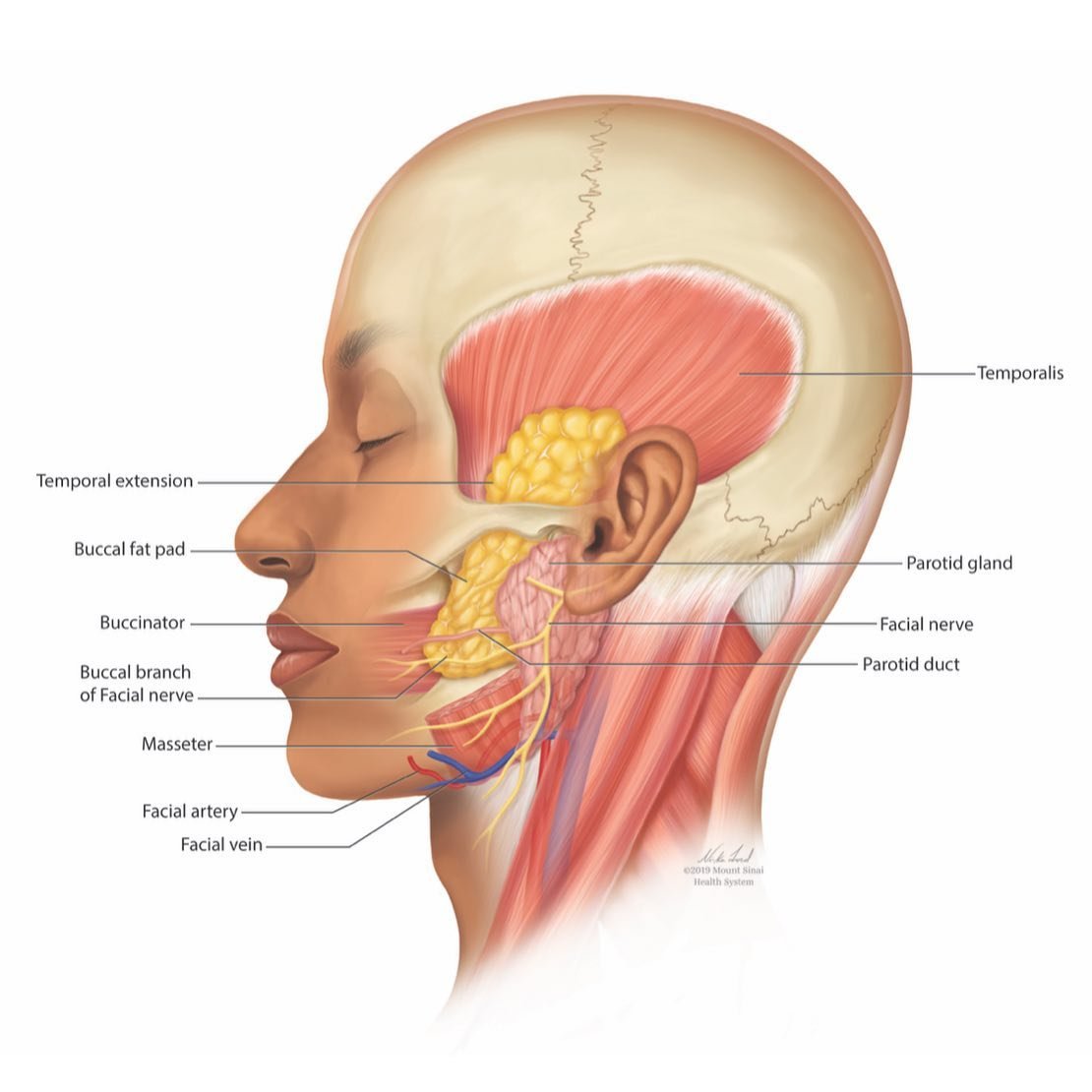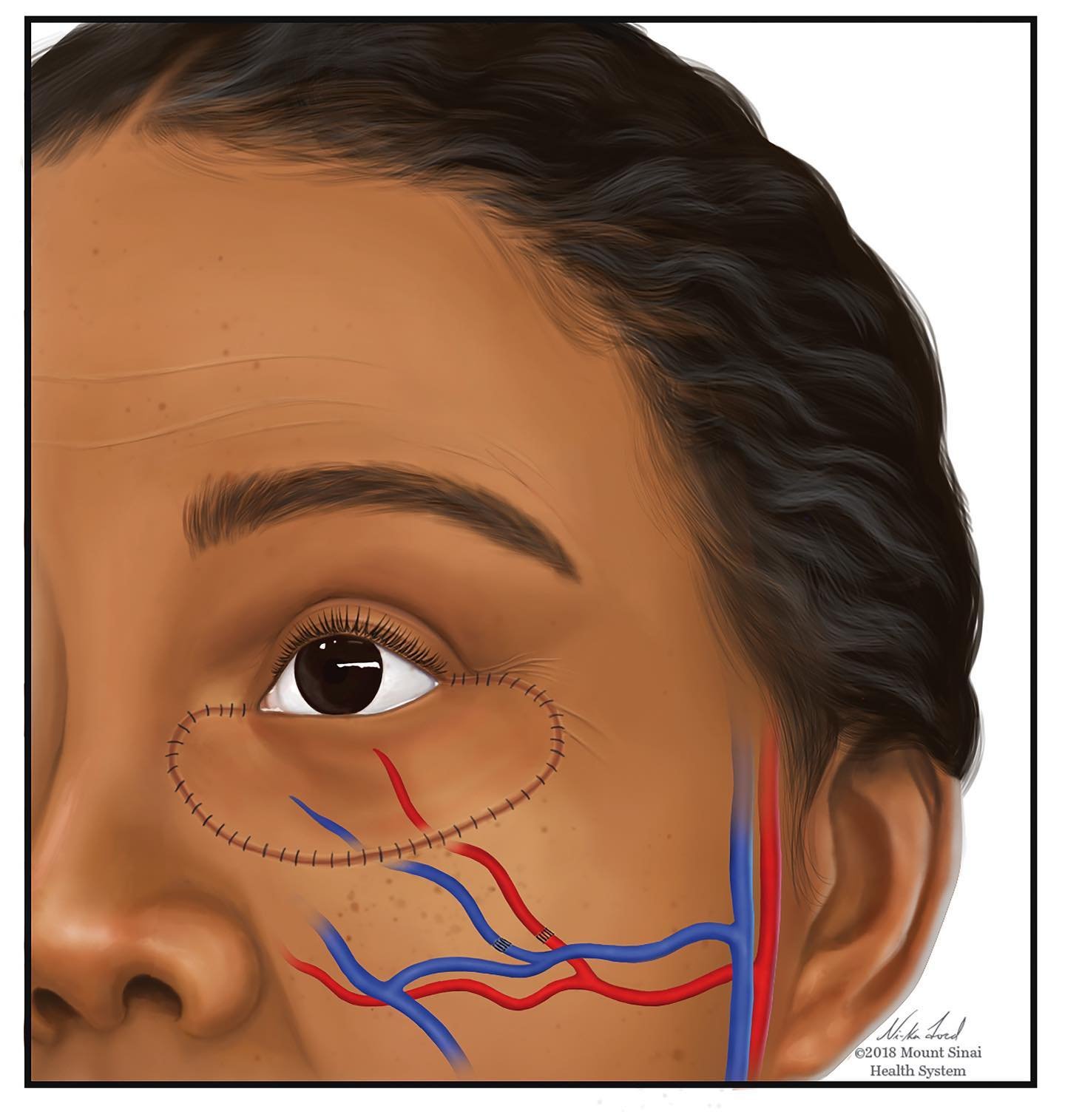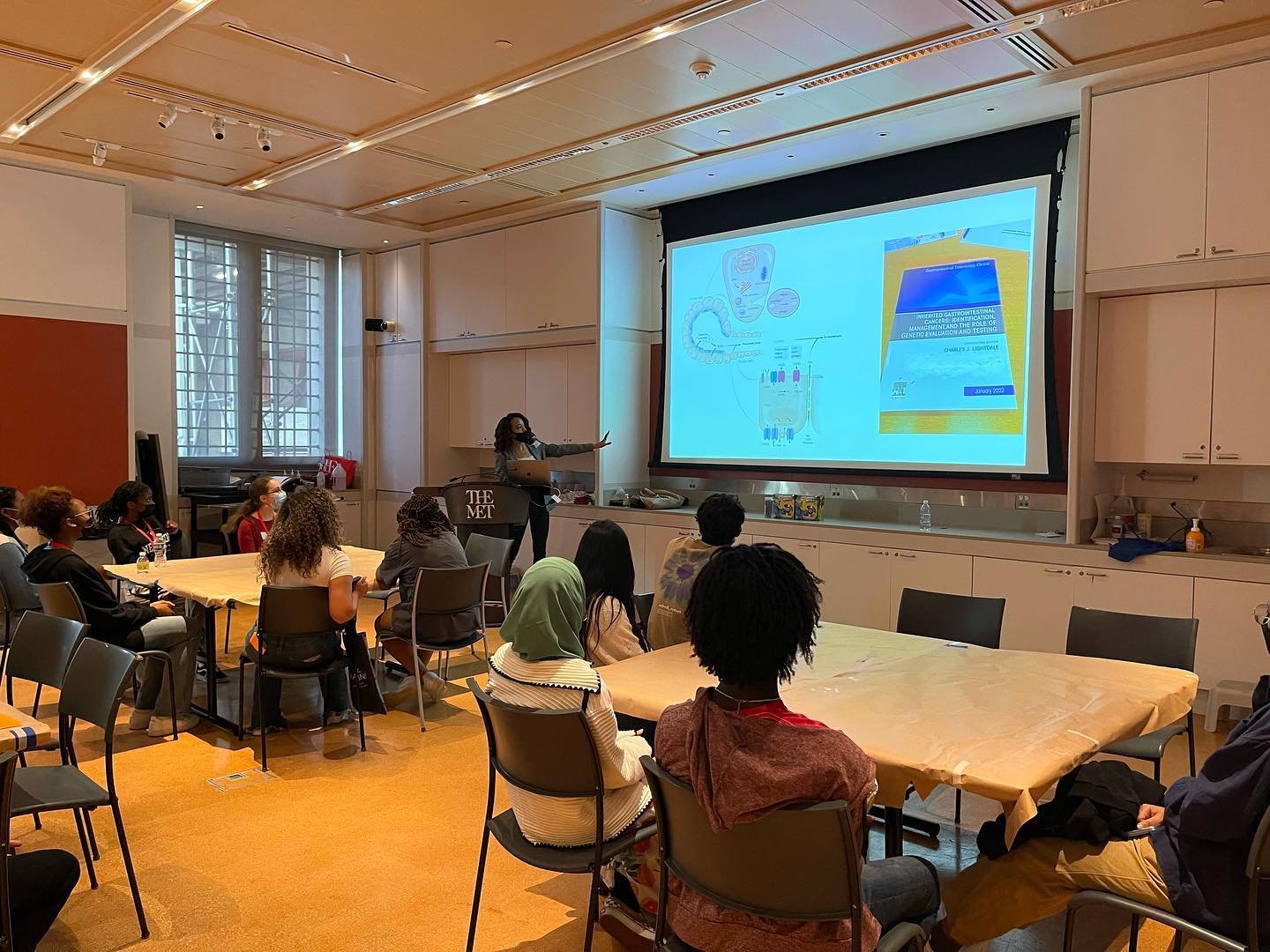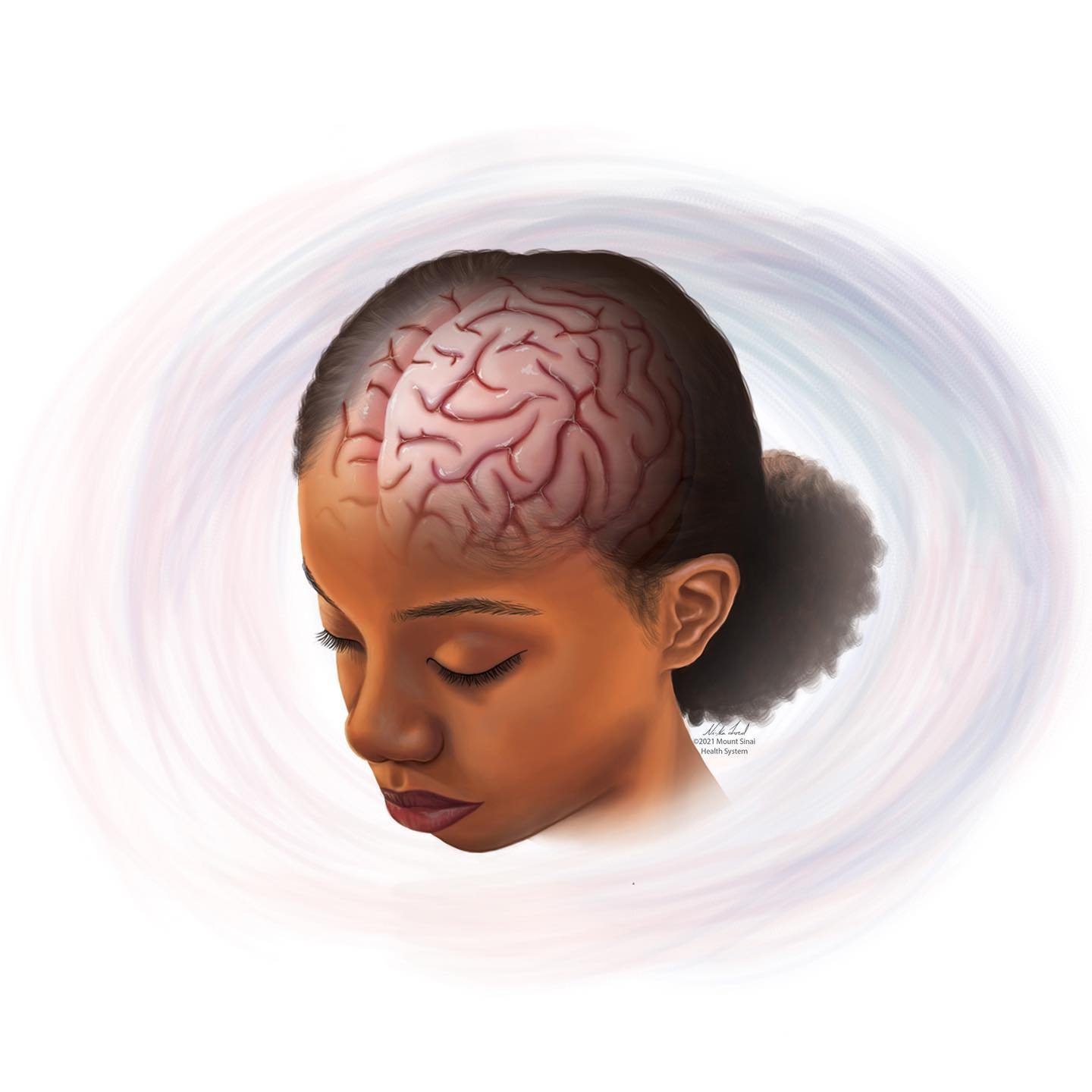UnJaded Conversations: No. 1
She’s THAT Girl!
“I use art to convey complex topics in science and medicine to various audiences. These topics can span anywhere from general gross anatomy to cellular mechanisms, surgery, pathology, or patient education. By utilizing art as a tool to educate and/or illuminate complexities of the human body, I am able to bring a deeper level of comprehension to the material that is invaluable. Both lay and expert audiences benefit from the presence of visuals to supplement information. I create medical illustrations for journal publications, presentations, grants, textbooks, lectures in medical education, patient pamphlets, and online learning platforms. Although I work mainly in 2D illustration, I also create 3D models of anatomical structures for online educational use and experiment with bringing medical illustration into the virtual reality space with 3D models in Oculus.”
Why do you create medical illustrations? What influenced your decision to become a medical illustrator?
I’ve been an artist my entire life and I studied fine art in undergrad, at the same time, I’ve always had a curiosity in science as well. Life science in particular I found to be quite interesting even when I was young, the incredible ways in which nature is so imperfectly perfect and how our bodies have millions of physiological processes going on simultaneously at once is just fascinating. I used to research human anatomy and cellular biology in my spare time while I was completing my art degree at Georgia Southern University. I even created an entire body of work centered around the connections I found between nature and anatomy using mixed media. When I discovered the field, I knew instantly that it would be the perfect way to marry my two interests so I went to graduate school for it. To be a medical illustrator is to also be an educator, I find a level of fulfillment in knowing that I am helping others to learn about their own bodies, make better decisions about their health or help train the next generation of health care professionals with this type of work.
In what ways does medical illustration influence our understanding and care of our bodies and health?
“Art is a universal language so when it is applied to anything, it makes the content more understandable to whoever is viewing it. With medical illustration there are two main ways that it influences the care and understating of our bodies. Firstly, as a patient, seeing visuals that help explain health information has a very positive impact on health literacy. Visual communication has been proven to be an effective tool in helping people to understand their health. Patients are more likely to accept treatment recommendations from doctors and make changes to their diet and exercise habits if they have a comprehensive understanding of their bodies. Secondly, medical illustrations are used in the medical education space by healthcare providers and physicians during their years of training. Imagine anatomy textbooks without any illustrations or diagrams and trying to learn the human body in order to practice surgery one day; medical illustrations are a vital part of medical training. The better equipped and knowledgeable physicians are at understating the body, the higher the quality of care they can provide.”
In her book *A Black Gaze: Artists Changing How We See,*Tina M. Campt shares with us the concept of “a black Gaze” and how the creative practice and process of black artists create a lens that require viewers to become active participants, who transform through the ingestion and digestion of visual works. Verse 4, “The Slow Lives of Still-Moving-Images” unpacks the way that artists use stillness and slowness to alter our understanding of time and through the encounter of a black gaze this may illustrate “what it means to live in blackness an ongoing state of precarity in which an ethics of care is an existential means of survival.”
The medical field has historically, (and it can be argued that is still does) had a strained relationship with Black people, how do you believe (or do you believe) your work contributes to care as an existential means of survival for Black people?
Yes, I believe my work does. Due to the history of racism in the medical field, the work of medical illustrators has historically excluded anyone outside of white able bodied, predominately male archetype. I am intentional about representing all bodies within my work and to practice antiracism in medical illustration is to make an effort to undo years of exclusion by representing those who have been left out every opportunity I get. Many health disparities are still very prevalent among the Black population because of a lack of care and consideration by health care professionals and racist policies or practices and that have not yet been dismantled. If creating medical illustrations of Black individuals gives a sense of empowerment or recognition to those who see themselves in the illustration, if it helps health care professionals understand how a condition may present differently on someone with darker skin, if it helps doctors show more empathy to Black patients, then I am doing my job.
What is the benefit of having Black women in the medical illustration industry? How does this representation move froward society’s understanding of health and wellbeing?
I think artists naturally will always gravitate to representing their own likeness within their work whether is be a conscious or unconscious decision. The field of medical illustration is not very diverse, it is less than 10% Black. So having Black women within this industry means more Black women depicted within medical illustrations. Although the ownest to create work that is inclusive does not and should not fall on Black people, it is also important to note that we must tell our stories and in spaces where there are not many of us, they are even more important and worth sharing. I have a very unique story as to how I got into this field and when I have the opportunity to share my journey with young people I always take it because I never know how many young Black girls or boys could be inspired by it. Representation in this space moves society’s understanding of health and wellbeing forward by recognizing that everyone is deserving of equitable treatment and quality care. It is difficult for some people to care for what they do not see, so representation is the bare minimum in moving towards a society that is focused on the wellbeing of all individuals.
Beginning at minute mark 8:44, catch Ni-Ka’s work featured in this episode of “Becoming Artsy” by the Getty Museum!
What is the most important aspect of your creative process? (i.e. Is it finding the inspiration, the actual illustration itself, the publication of your illustrations?)
To me, the most important aspect of the creative process is the process of creating the illustration itself. First, my client will tell me their idea and then we work together to come up with a concept for the visual, once that is determined, I gather references, research, photos or any other material I need to understand the topic. Sometimes I will have a friend or co-worker pose for me for a real life reference. This is where the creation process starts and from there I develop a sketch and come up with a color palette. Depending on the what the illustration is being used for and who the audience is, I may make it highly rendered with lots of detail, or it could be a simplified schematic or something in between. I’ve brought some illustrious to life with short 2D animations to show movement. This process usually takes several weeks to a couple of months depending on the scope of the work. I enjoy the creative process because it involves much more than just drawing, it is story telling, collaboration, color theory, scientific research, graphic design, content organization and design layout that all goes into creating a medical illustration.
Anything else you'd like to share with us?
I think we are at a very pivotal point in society where more and more of our world is intertwining with technology and as we advance so does it and vice versa. Medical illustration has always “moved with the times” so to speak so new ways of visualizing utilizing the newest technology has always been at the forefront of this field. I try to stay up to date with all new platforms and applications that can potentially be used for visualization and interactivity because the way we learn is continuing to evolve in the direction of fully immersive learning. I am constantly excited to be on the cutting edge of science, art, and technology.
